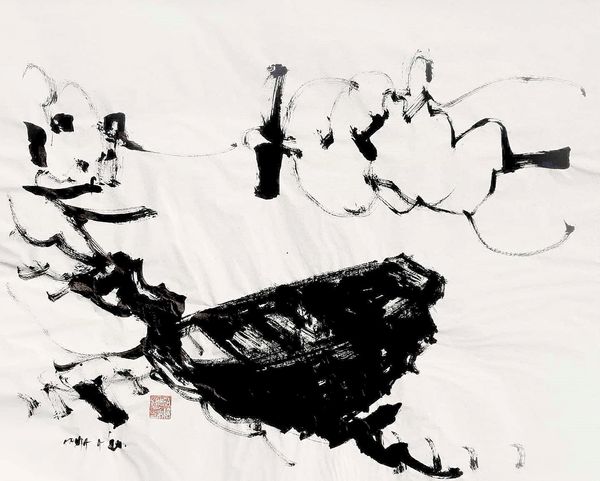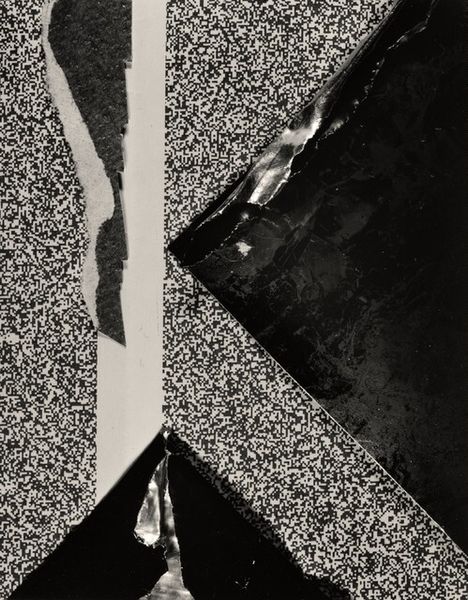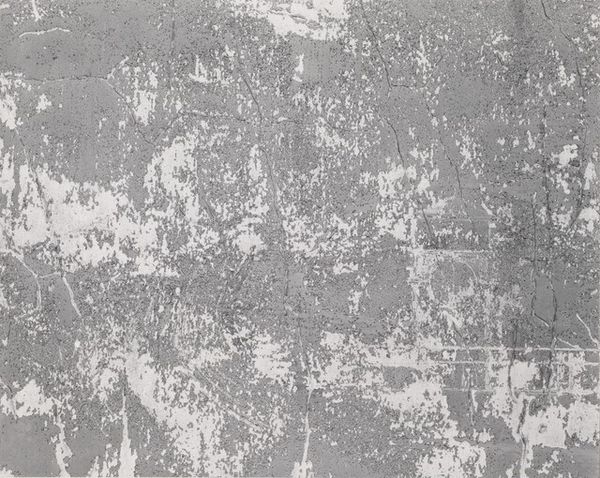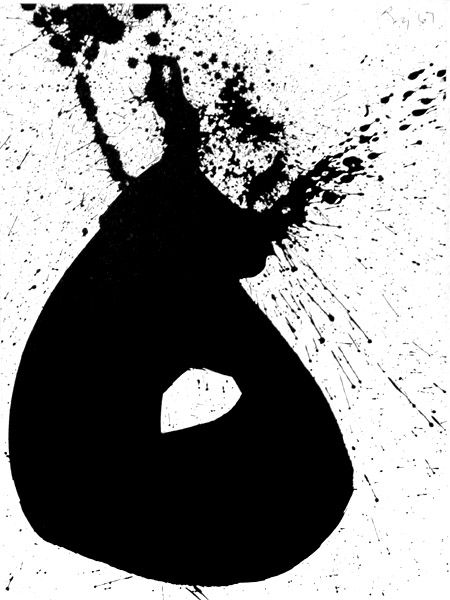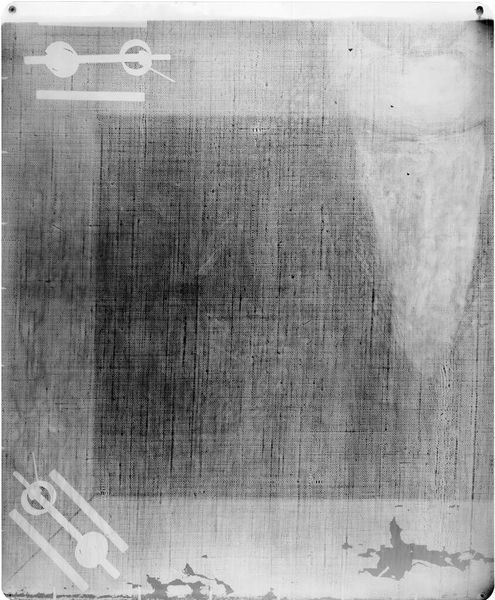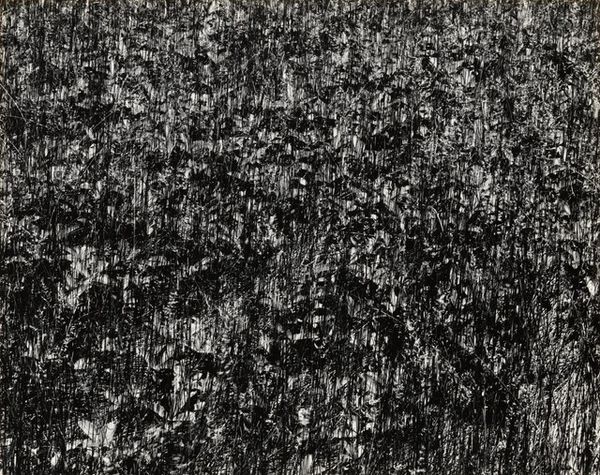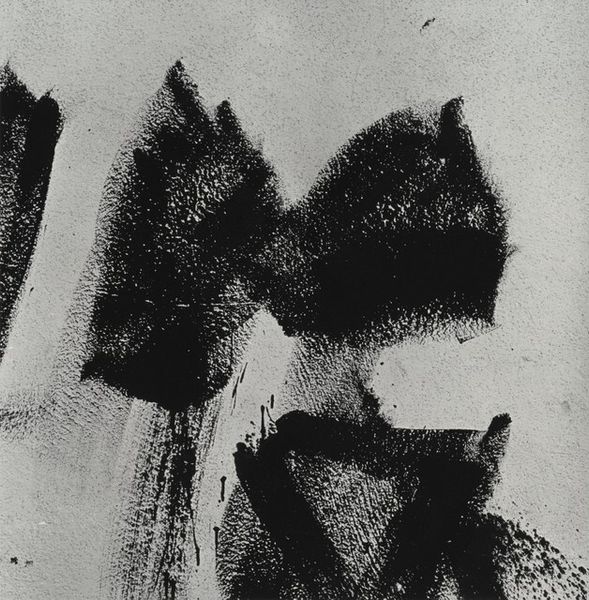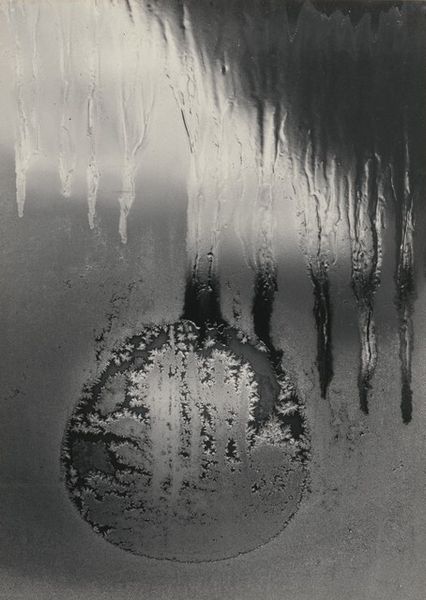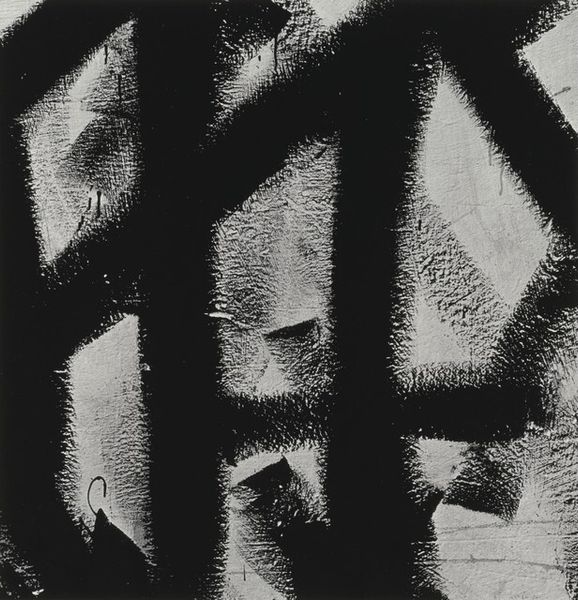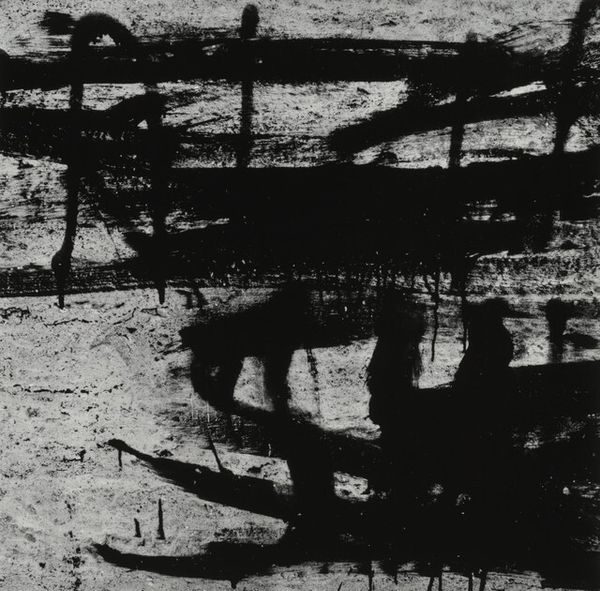
painting, acrylic-paint
#
action-painting
#
abstract-expressionism
#
painting
#
acrylic-paint
#
geometric-abstraction
#
abstract-art
#
line
#
abstract art
#
modernism
Dimensions: 76.5 x 54.9 cm
Copyright: Robert Motherwell,Fair Use
Editor: Robert Motherwell's "Beside the Sea No. 45," created in 1967 with acrylic paint, really strikes me. There's a tension between the violent, almost accidental splatters and the deliberate, grounded horizontal lines. What's your interpretation? Curator: I look at the way Motherwell uses the very materiality of paint to negotiate the boundary between intention and chance. Acrylic, newly available, allowed for different kinds of mark-making, expanding possibilities for "action painting." How does the surface itself – the support, the way the paint sits – inform your reading? Editor: I see what you mean. Knowing that he embraced this new medium and considered his materials, the splatters aren't just random. Do you think there's also an aspect of labor involved? I mean, controlling the splatters is different than controlled brushwork. Curator: Absolutely. The physical act of *making* the painting, the gestures and energy expended, become visible – almost a record of the artist’s interaction with the materials. But let’s think about the historical context, too. In the post-war period, artists often grappled with the industrialization of art production. Editor: So, do you think he was perhaps engaging with the commercial availability of acrylic paint itself? Almost commenting on art's place in consumer culture? Curator: Precisely. He’s utilizing an industrial product in a way that retains a sense of individual expression. It is almost like the painting process itself is resisting pure commodification through the hand. Editor: I never thought of the art materials themselves in that way before. Curator: It’s crucial to consider how artists choose and use materials and how that connects to wider social and economic systems. This helps break down divisions of value separating high art from more ordinary "craft." Editor: This reframes how I'll think about abstract expressionism from now on. It’s more than just emotion; it's about material and context.
Comments
No comments
Be the first to comment and join the conversation on the ultimate creative platform.
